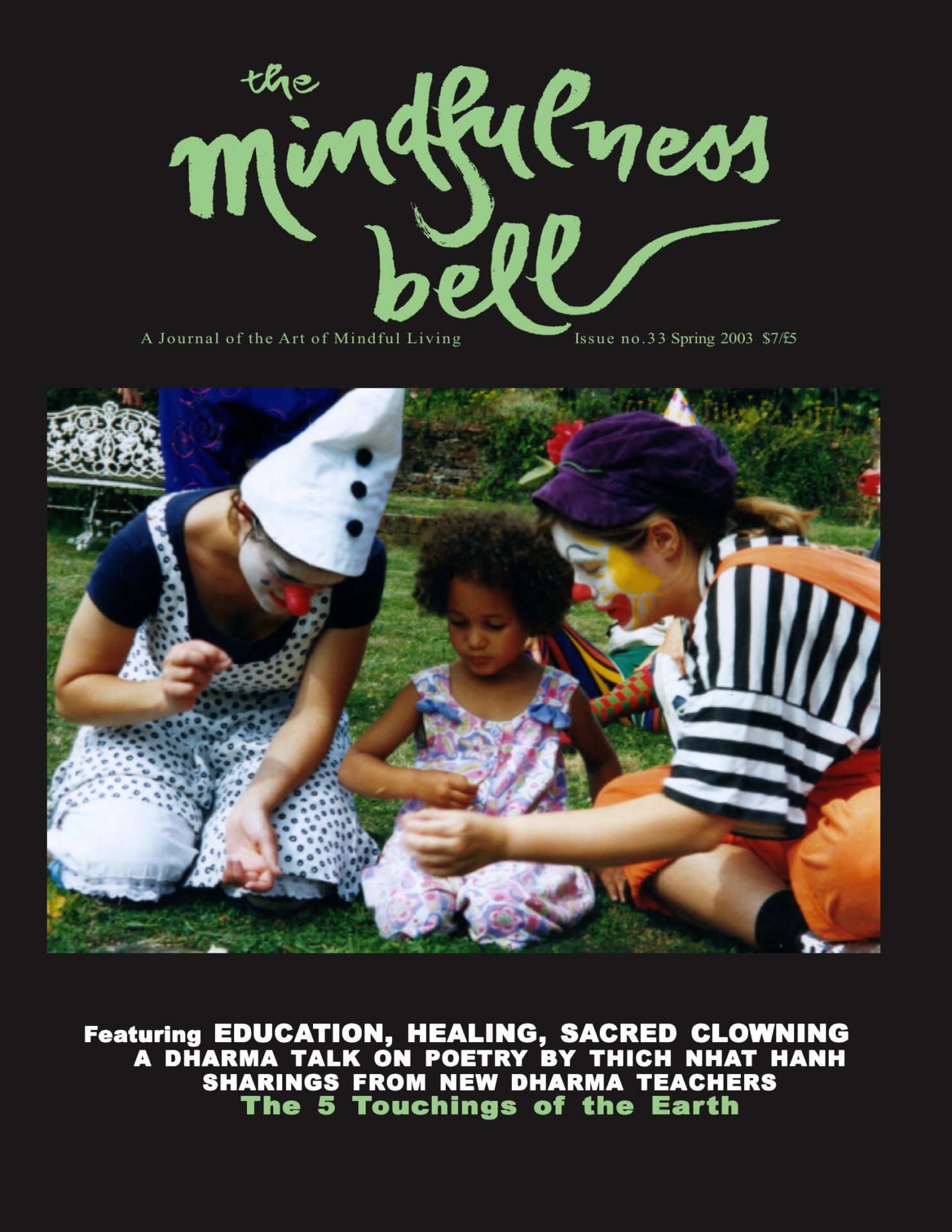By Ian Prattis
We prefer not to remember the sufferings of child hood, so we bury them and hide from looking deeply into their causes.
Yet we have to find a way to reach the hurt child and make her safe. Although we may now be adults, there is also a little boy in us, a little girl in us, who is so afraid and suffers deeply, no matter what kind of pretend happy face we present to life.
By Ian Prattis
We prefer not to remember the sufferings of child hood, so we bury them and hide from looking deeply into their causes.
Yet we have to find a way to reach the hurt child and make her safe. Although we may now be adults, there is also a little boy in us, a little girl in us, who is so afraid and suffers deeply, no matter what kind of pretend happy face we present to life. This suffering child within our adult frame colors everything we do, generates our fears, insecurities and self- loathing, wounding us in our relationships and life. We must have the courage and awareness to bring healing to our hurt inner child and thereby produce a transformation for ourselves. And in this process we somehow connect to all wounded children—those in our blood line, our ancestors and descendants, and also with all wounded children throughout the world. For once we cultivate the seeds of mindful healing in ourselves, the energy of these seeds continues on into all that we connect with. It is a quantum leap from our cellular memories to everyone else’s throughout time and space.
Thich Nhat Hanh addressed the issue of child abuse in a question and answer session held in the Lower Hamlet of Plum Village, France on October 17, 1998. Very gently he spoke about the ignorance and pain of the abuser as well as that of the abused, and stated clearly that understanding was the basis of recovery. Not blaming or feeling guilt and shame, but seeing deeply and understanding that the person abusing must have lived under painful and deprived conditions. The power of ignorance was stronger than the person’s happiness and stability, and thus they were driven to do wrong things. If the abused person can begin to understand this, then their anger, shame and outrage can transform into compassion. Through mindfulness practice we can begin to understand and forgive. Our suffering decreases and can be transformed into compassion. Through this healing we can become Bodhisattvas, helping all children who need protection and helping to eradicate the ignorance which generates abuse. The energy of compassion for children will transform the pain and sorrow that came from our experience of being abused.
The Diary
One technique that helps to heal the inner wounded child is to start a diary for you and the inner child to write to one another. I recommend that it be practiced under the guidance of a therapist, shaman or spiritual teacher. The adult you will write using the hand that you normally write with. You begin by saying “hello” to Little John, to Little Allison. Tell your child you are sorry for having been neglectful; that you are grown up now and that you will provide a safe and loving environment.
Then with your non-dominant hand, the one you do not normally write with, allow the inner child to express herself. Do not edit. Just write down whatever comes out. It may be angry, blaming and abusive words and it is your job not to be shocked or defensive but to provide constant re-assurance, love and guidance. These are the seeds of mindfulness you consciously bring to support the wounded child inside you. The energy of these seeds works on the energy of the traumatized inner child to reduce his pain and suffering. Talk to him through your writing with love and mindfulness.
Details of trauma may be revealed that you were not conscious of, which is why you need the guidance of a trusted teacher or therapist to support you being a wise and loving parent to your wounded child. With time you will notice shifts and changes in patterns of expression as the child becomes trusting and starts to grow, eventually merging fully with you as an adult. In your letters tell your inner child about yourself and your life, take her on picnics, treats and give to that child all the care, attention and love you feel you did not receive when you were a little boy, a little girl. The suffering will diminish and you will experience a transformation. You may discover that your relationships with co-workers, friends and family start to change, and your fears and anxieties do not have the same force in your life and your relationships. When you notice things like this, tell your inner child “Thank you for being with me. That makes me so happy.” The experience of being with the inner child in the healing journey is a stimulus for this kind of happiness.
There are times you may cry, feel deep joy or despair, which is why you need that wise friend to keep you steady and mindful. I know, for I went through it. I am happy to say that it worked for me, as I experienced the painfully slow establishment of trust, then the exhilarating joy of safety and integration, until finally my inner child was the adult me, integrated with a freshness and vitality that I continually treasure.
Adapted from “Healing Journeys,” a chapter in Ian’s forthcoming book, Living Breath: Stories, Essays and Meditations.
Ian Prattis, recently received the Dharma Lamp in Plum Village. Ian founded the Pine Gate meditation community in Ottawa. He gives dharma talks coast to coast in Canada and conducts retreats in Europe, India, North and South America.

